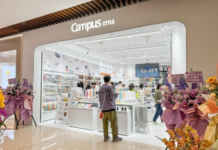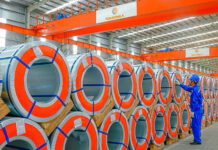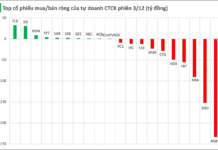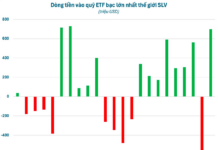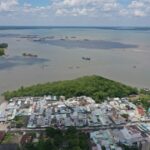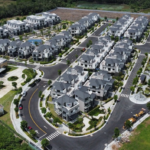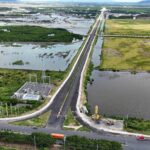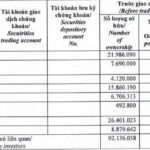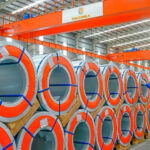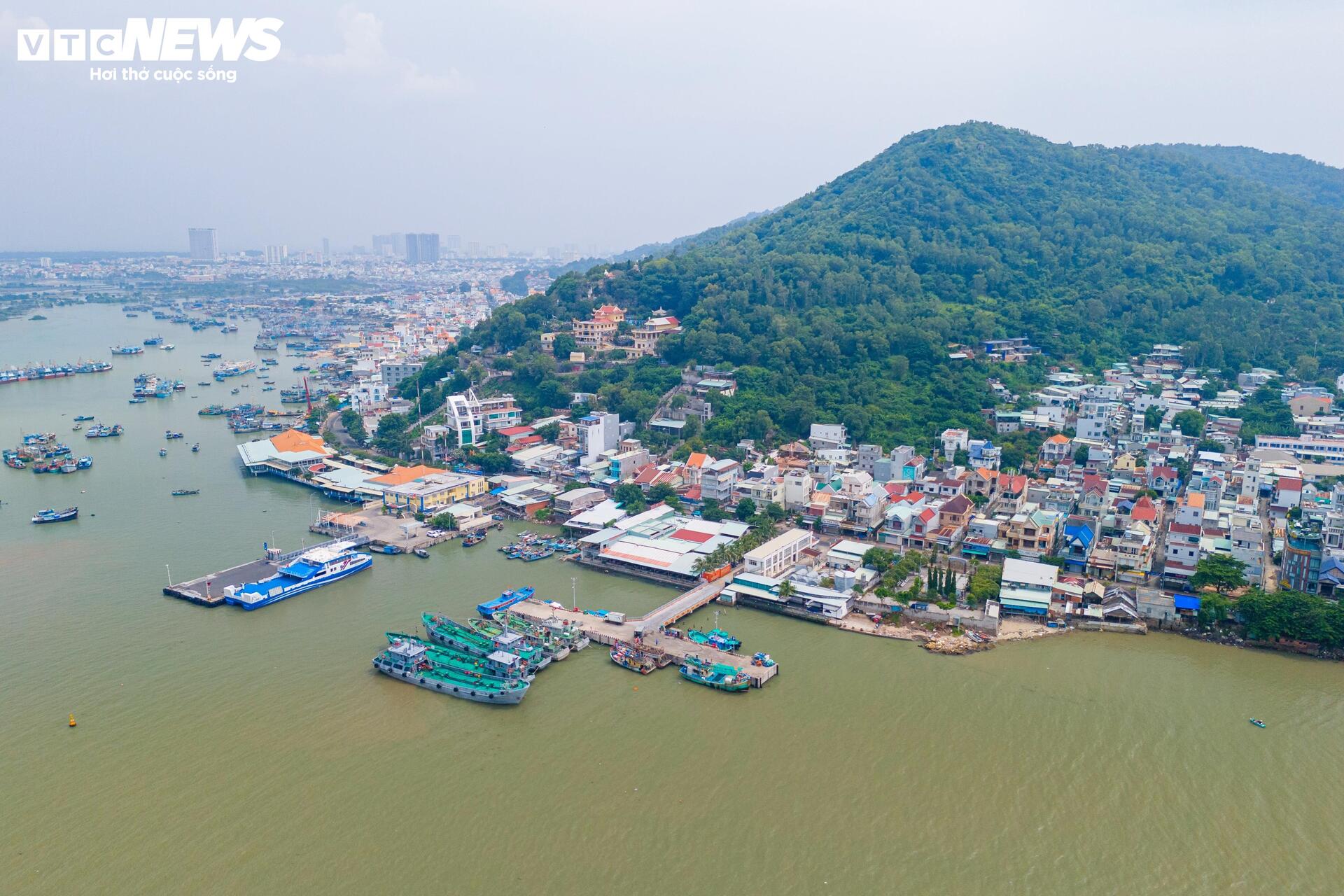
Ho Chi Minh City’s People’s Committee has issued a directive for relevant agencies to study and propose investment in a sea-crossing bridge connecting Can Gio and Ba Ria – Vung Tau. The proposed bridge site is near the Can Gio – Vung Tau ferry terminal, located in Vung Tau Ward, HCMC.
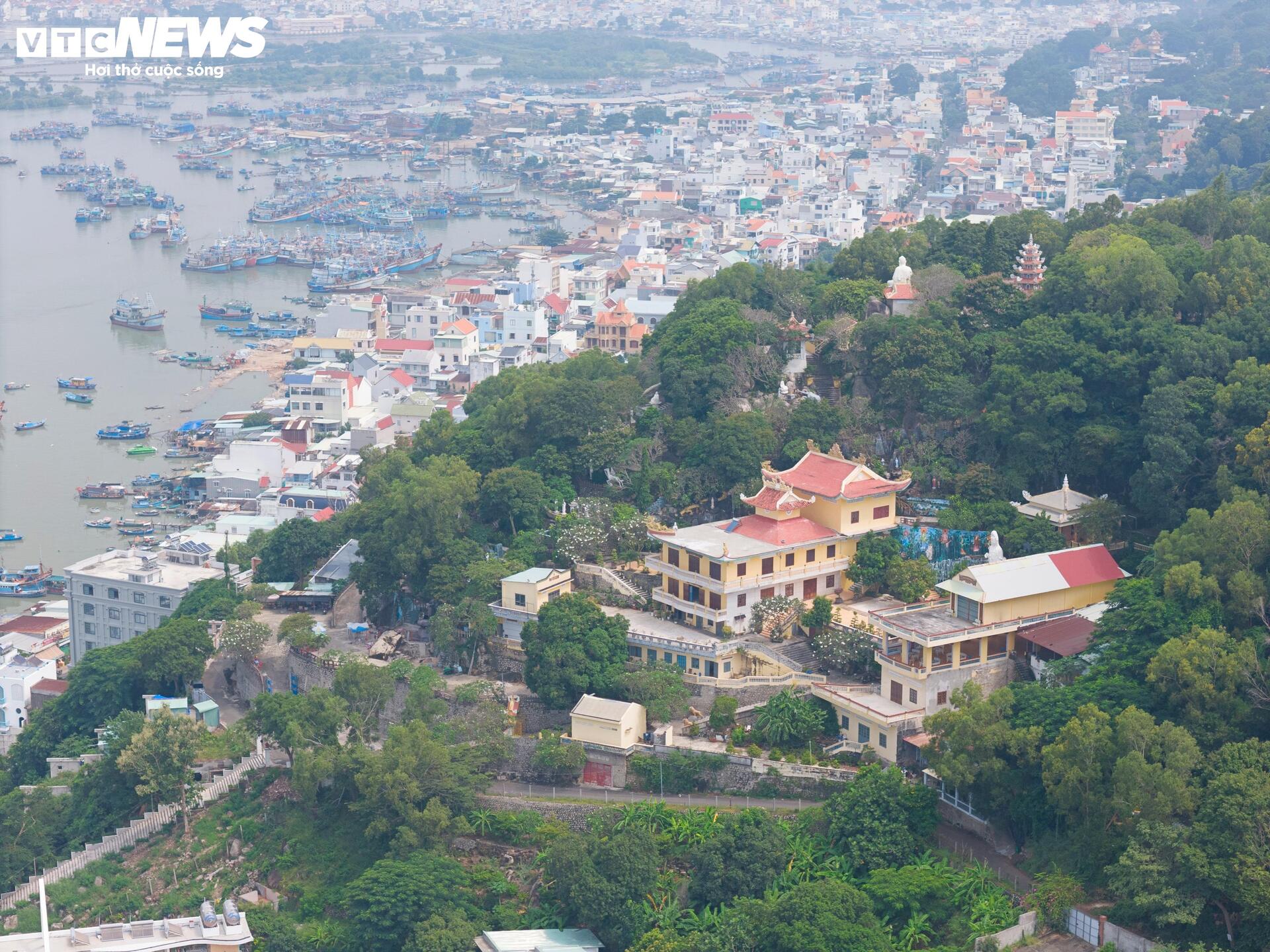
This area lies along Tran Phu Street, a bustling hub of residential communities, ports, and hundreds of docked vessels serving fishing and cargo transportation activities.
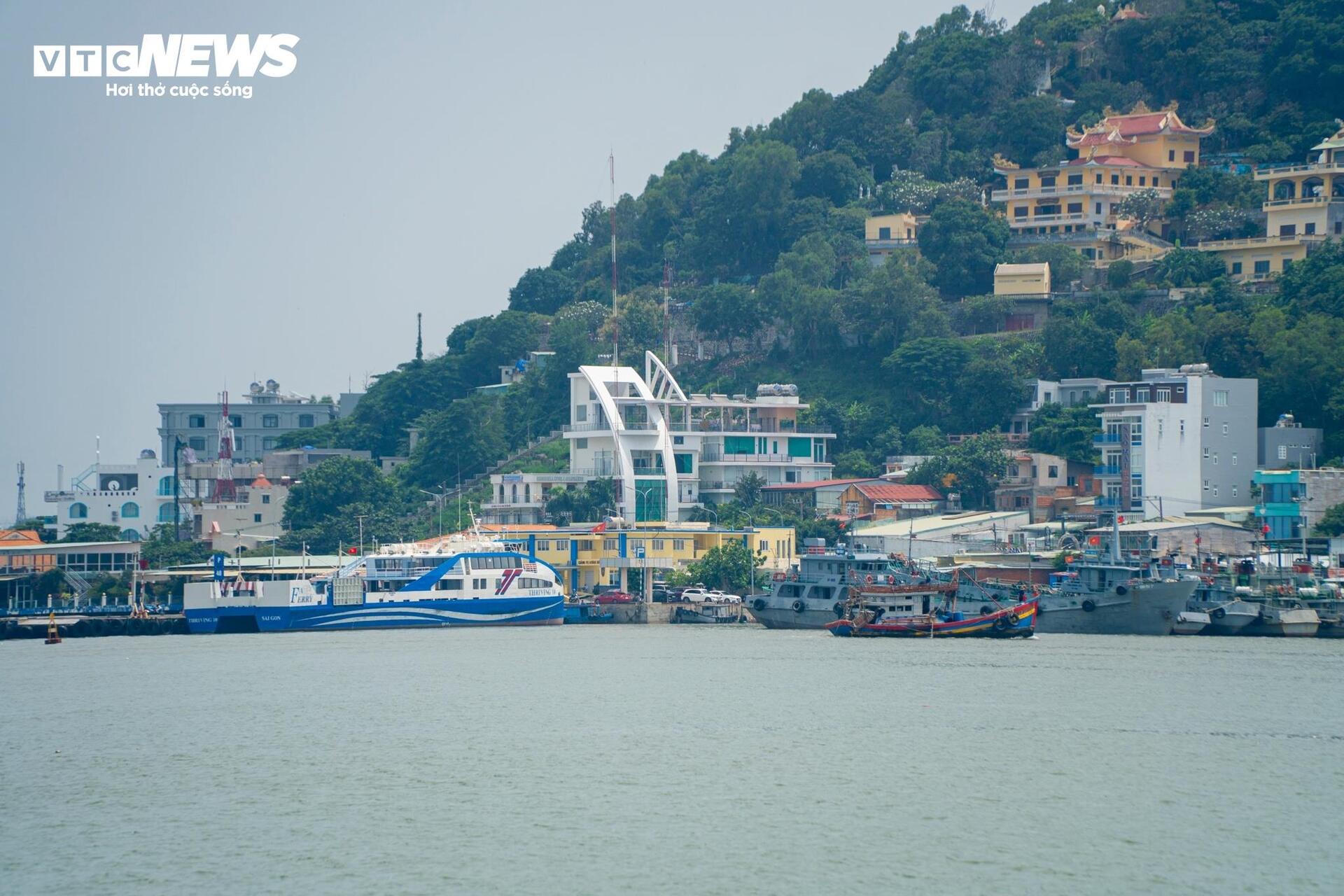
Previously, in a letter to HCMC leaders, Vingroup emphasized that following the merger of Ba Ria – Vung Tau into HCMC, establishing a direct coastal transportation axis has become an urgent necessity.
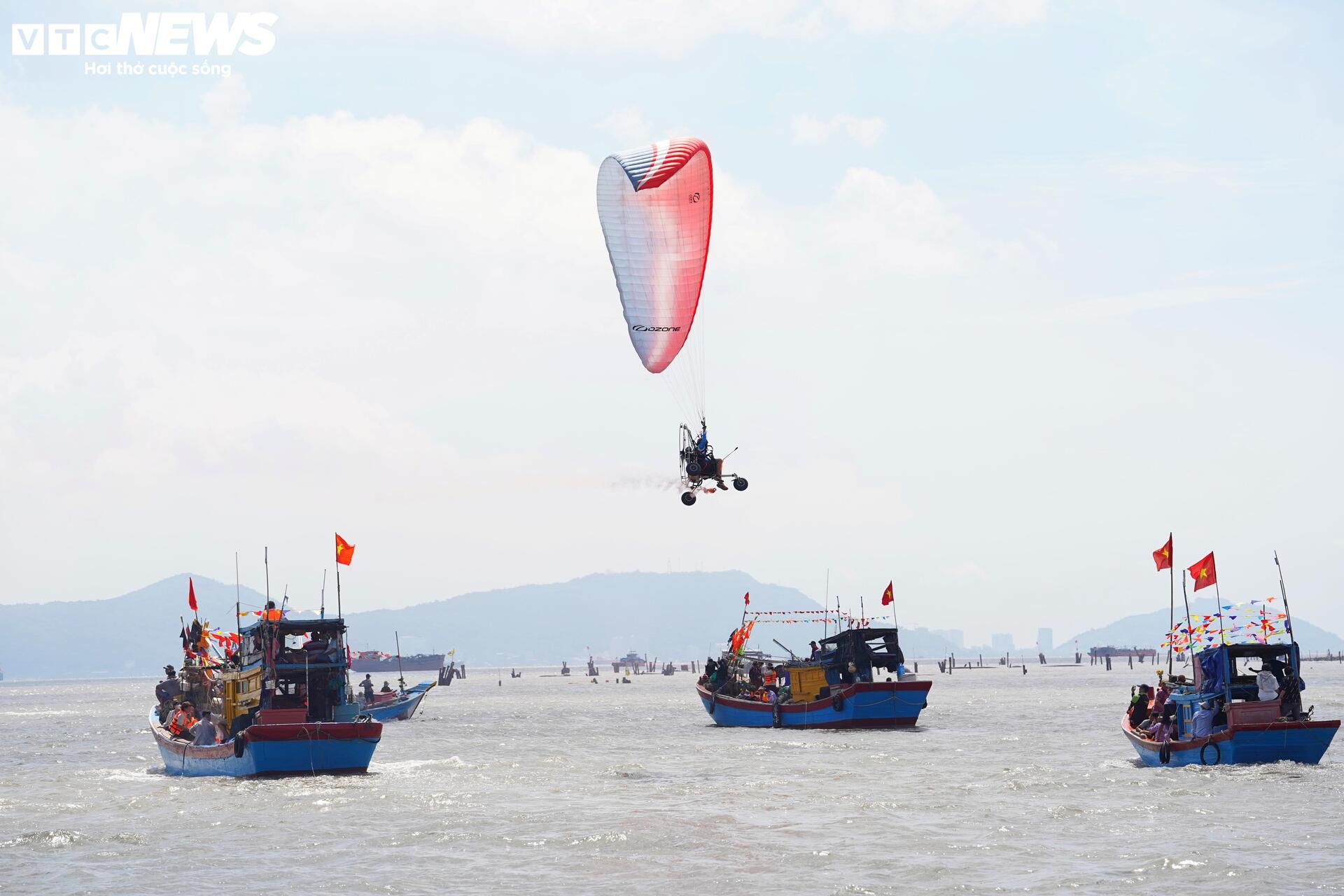
Can Gio and Ba Ria – Vung Tau (formerly) are considered strategically vital for maritime economics, ports, tourism, and trade. Currently, residents travel between the two areas primarily by ferry, taking approximately 35 minutes per trip.
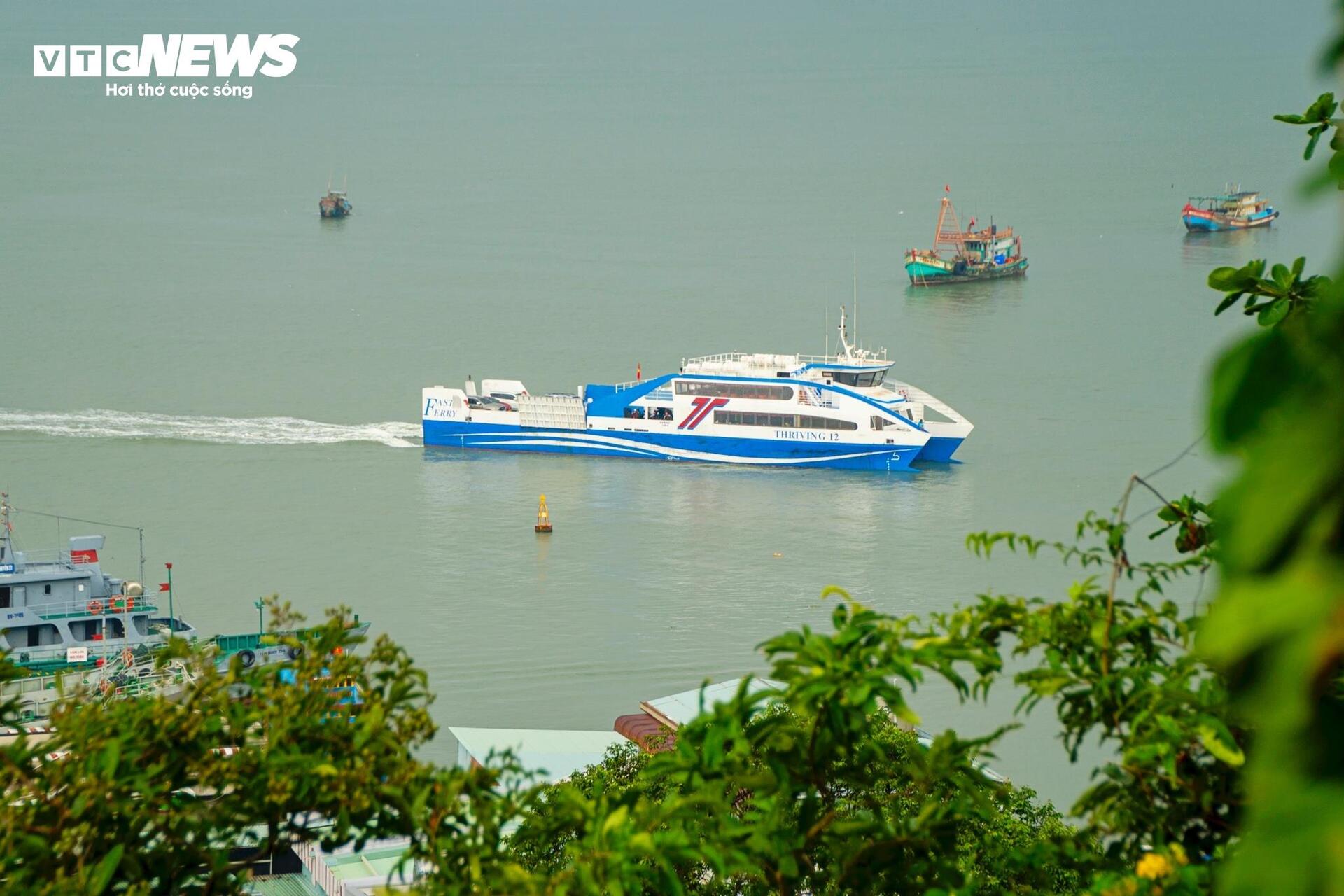
Investing in this sea-crossing bridge will reduce travel time, enhance connectivity among HCMC’s functional zones, and stimulate economic, social, and commercial development while expanding urban space toward the sea.
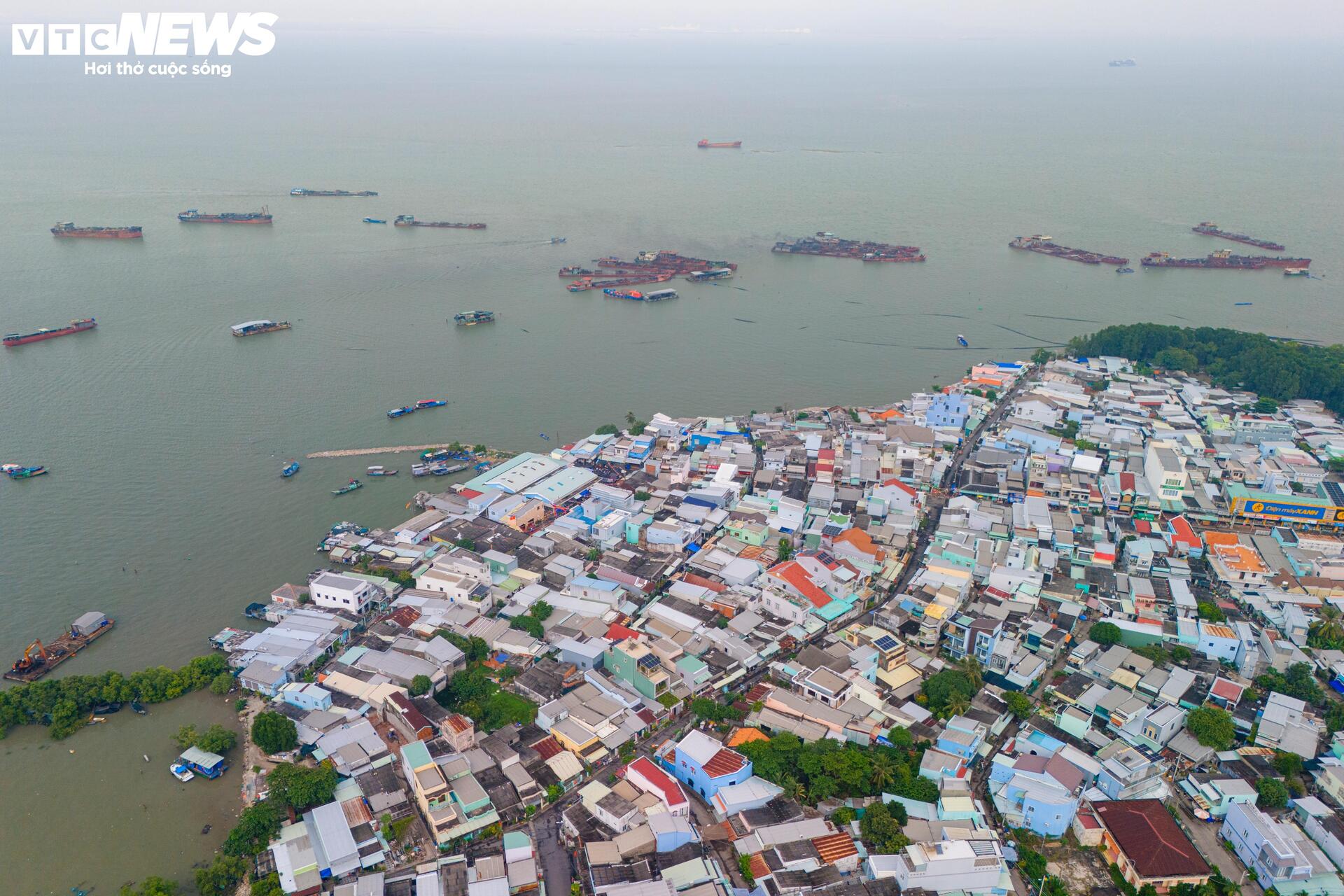
The concept of the Can Gio sea-crossing bridge was first introduced at the 2017 Can Gio Development Planning Conference, proposed by the Ho Chi Minh City Real Estate Association (HoREA). The central area of Can Gio Commune is earmarked as the bridge’s starting point, pending project approval.
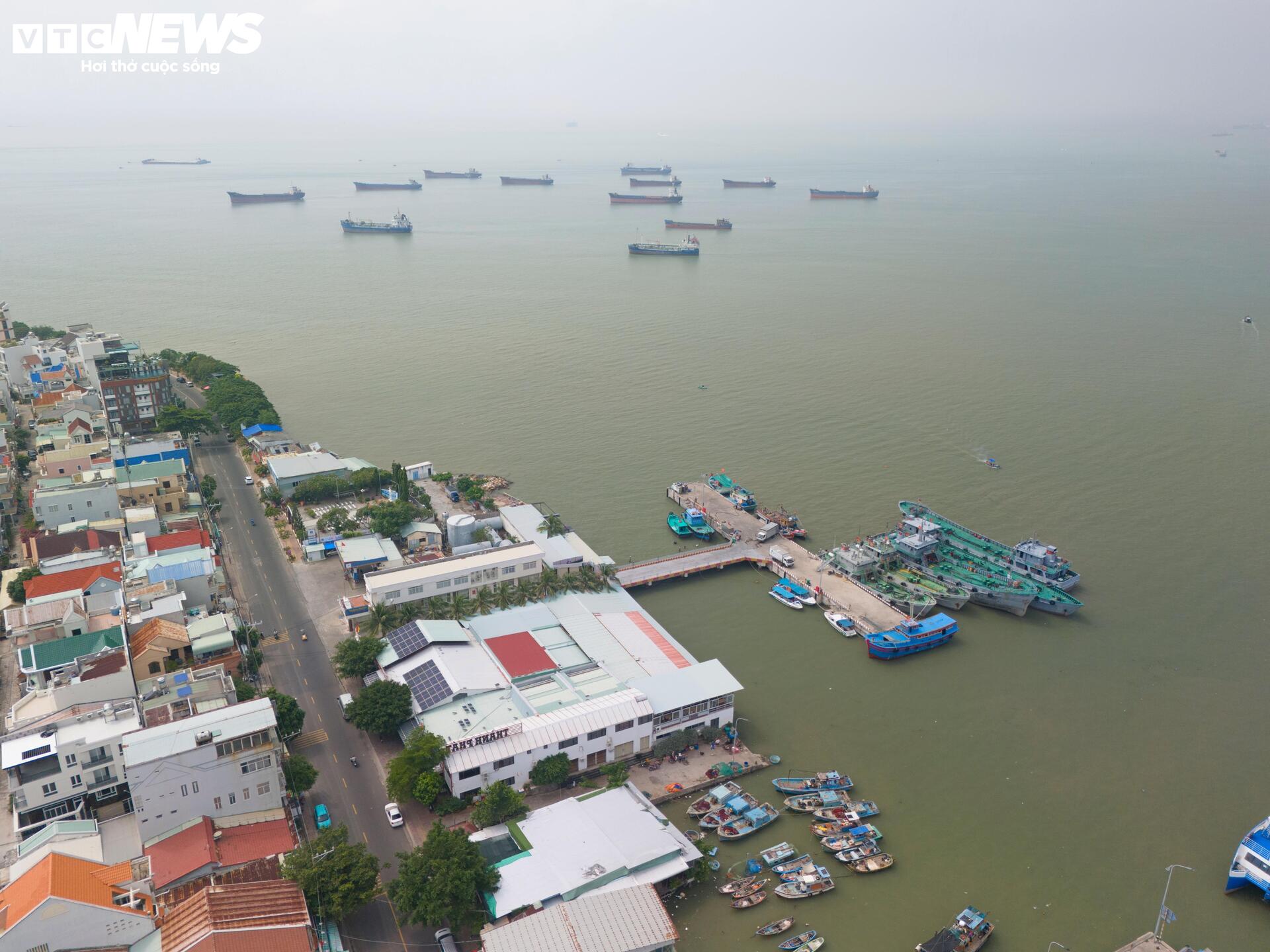
Locally, in 2019, the former Can Gio District People’s Committee proposed that HCMC authorities consider a project to build a sea-crossing bridge connecting Can Gio and Vung Tau, along with a bridge linking Can Gio to the city center, replacing the current Binh Khanh ferry route.
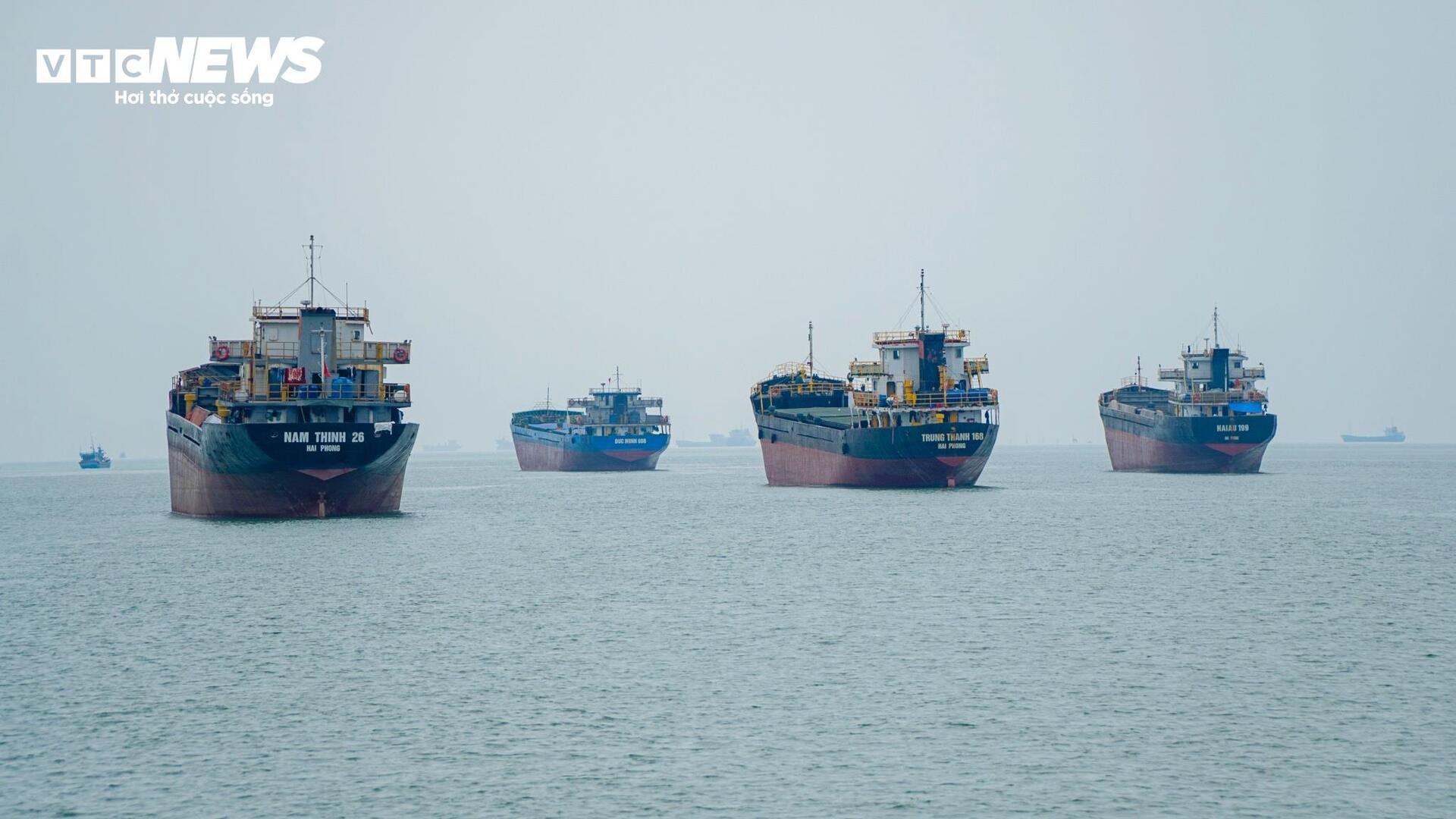
According to initial plans, the Can Gio – Vung Tau sea-crossing bridge will span approximately 17 km, designed with a clearance of 56 meters to ensure safe and efficient passage for international ships.
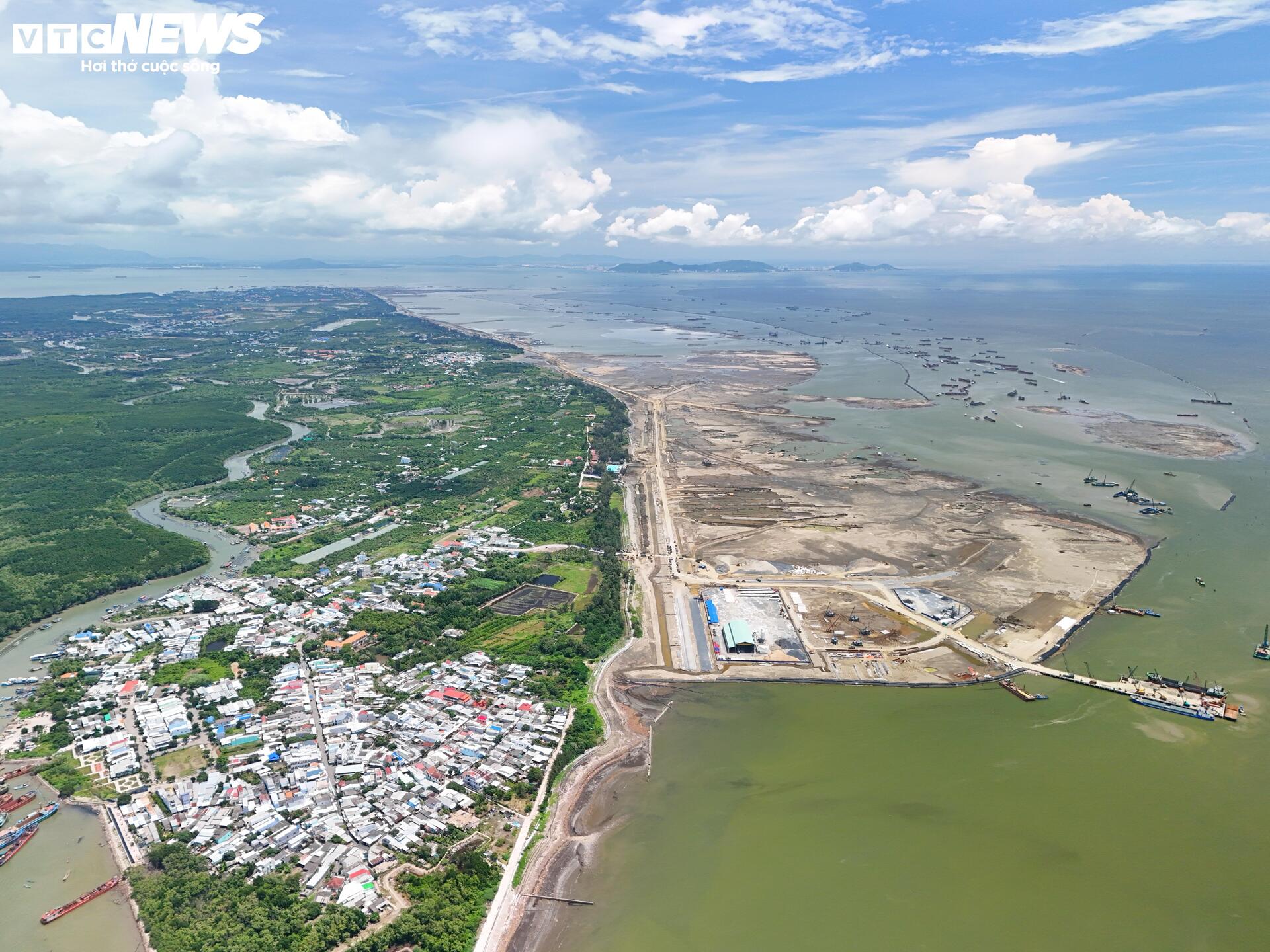
Latest Updates on the Metro Line Connecting Ho Chi Minh City Center to Can Gio
The Ho Chi Minh City People’s Committee has established an Appraisal Council to evaluate the investment proposal for a 48.5 km elevated metro line connecting the city center to Can Gio.
$3 Billion Highway Cutting Through Ho Chi Minh City’s Swamplands Nears Completion
After years of development, the 991B Road project—a vital transportation artery linking National Highway 51 to the downstream Cai Mep Port—is now entering its final, critical phase.














